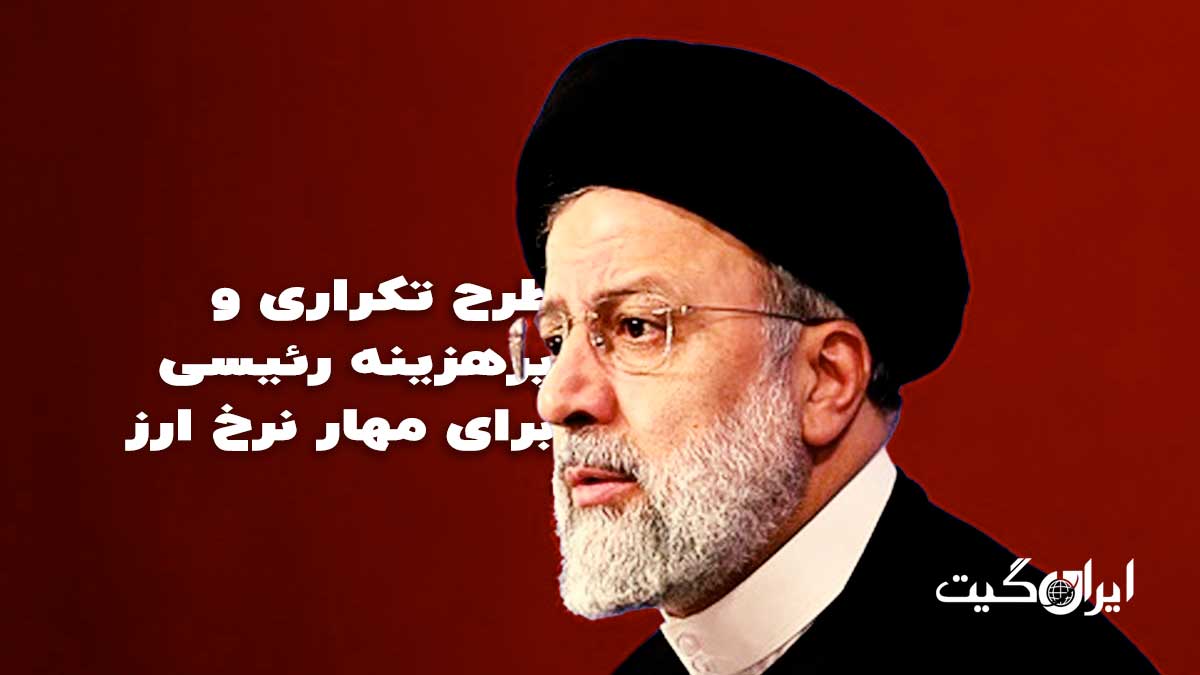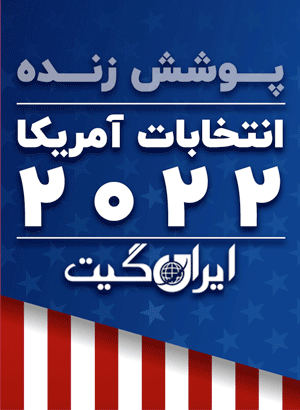Repetitive and costly plan to control the exchange rate
According to the report of Iran Gate Central Bank on February 21, 2024, a repetitive and costly plan was implemented under the name of Exchange Services Center to control the exchange rate by referring the demand to this center. This plan coincided with the establishment of the Exchange Services Center for the foreign exchange market, which was responsible for pricing and announcing the exchange rate. However, it did not continue its operation.
Last week, the Central Bank unveiled a new policy claimed to be a new strategy by Mohammad Reza Farzin to control the imminent rise of the dollar exchange rate. However, experts believe that this plan has a similar structure to what has been seen in previous policies and will not bring anything new. The only difference in this plan is the selection of a catchy name, which has caused more confusion for currency applicants than before.
What is an Exchange Services Center?
According to the announcement of the Central Bank’s CEO, the Exchange Center of Iran is responsible for supplying the necessary currency for the import of essential goods, medicine, and also providing currency for medical student assistance, publishing articles, participating in exhibitions, sports federations, and knowledge-based companies. It is obvious that the exchange rate for importing goods is also announced to be 28,500 tomans, and this rate should be applied in the market as well.
Four steps to receive currency from the anonymous Central Bank
By searching on the internet, we find that the mentioned website of the Central Bank does not appear in the search results, and applicants must accurately and completely type the internet address of this system in order to access the desired website.
Although a large number of government-supporting media outlets, fundamentalist and extremist groups can be seen extensively publishing advertisements for this center in the Google search results, the problem is that there is no evidence of the existence of this center’s website and accessing it is very difficult.
The Central Bank has announced on its official website four stages for receiving currency from the currency and gold exchange center. These four stages, which have been the subject of discussion among exporters and importers, have raised their objections. These four steps are as follows:
Firstly, before anything else, one must go to a bank or exchange office that is a member of the currency and gold exchange center to provide documents. The list of banks and exchange offices is also listed on the exchange center’s website. However, many importers who are applying for receiving the 28,500-toman currency complain about difficult access to this website.
Secondly, in this stage, the exchange offices or banks in the mentioned list review the applicants’ requests and provide the necessary response. In other words, the government has added a new link to the multiple golden signatures, a link that now opens the door for exchange dealers to the people’s table and the basket of essential goods.
On the one hand, some applicants claim that despite providing all the required documents, they still receive communication from exchange offices or banks stating that the documents are incomplete. However, all documents are uploaded online and there is no physical copy involved that could be lost during the transfer from one unit to another.
The third step of the third phase bears a strong resemblance to the second phase, as after the confirmation by the exchange office or bank, the contracting party refers the request back to the exchange center for further approval or rejection by the center’s experts.
This is happening while the new plan of the central bank is designed in a way that multiple loops exist for the hand-to-hand exchange of currency between the exporter and importer, and each loop may encounter some setbacks that will have adverse effects on the country’s economy.
In the fourth step of the final stage, the applicant had 24 hours to visit the desired exchange or bank after receiving the confirmation. The exchange or bank is also obligated to buy currency from exporters at a price of 28,500 tomans and sell it to importers. However, if the applicant does not visit the specified center within the specified time, their request will be void and a new request must be submitted.
What critics say
As mentioned, stakeholders in the import and export sector have had extensive criticism of the implementation of this plan by the central bank. Exporters have once again insisted on their previous position and complain about the significant gap between the actual exchange rate and the central bank’s announced rate of 28,500 tomans.
Importers of essential goods also complain about the complexity of the process of obtaining the necessary currency. Some of these economic actors claim that this government and central bank measure will not only have no effect on the skyrocketing exchange rate, but will also contribute to the expansion of rent-seeking and corruption in the allocation of government foreign currency for imports.
On the other hand, importers believe that the mentioned currency usage cases should be made available to them as soon as possible; otherwise, there will be delays either in the purchasing or customs clearance stages, and domestic needs for food and medicine will not be met.
Experts also believe that this plan will impose significant costs on Iran’s economy. The most important of these costs is the issuance of a signal by the government indicating a lack of willingness to fill or reduce the gap between different exchange rates, which has broken the backbone of producers and exporters.
Raisi’s confusion and the implementation of a strange plan
Last week, Ebrahim Raisi once again promised to control the exchange rate. This promise was made when the US dollar was fluctuating around 48,000 tomans. However, as of the writing of this report, each US dollar is being traded for over 53,000 tomans in the Tehran free market.
It seems that the Central Bank and the government feel intense pressure to control the price jumps of the dollar, and implementing such an unnecessary and expensive plan will not have any result other than intensifying the upward trend in prices in the free market.
On the one hand, it should be noted that the required currency for imports was obtained through an old mechanism, despite its numerous shortcomings. Although this mechanism had many flaws, the government’s new plan has actually exacerbated the ups and downs that existed in delivering the goods. Since the establishment of this center, it not only does not export a free market signal to reduce the exchange rate of the dollar, but the price of each US dollar continues to rise rapidly on its own path.


